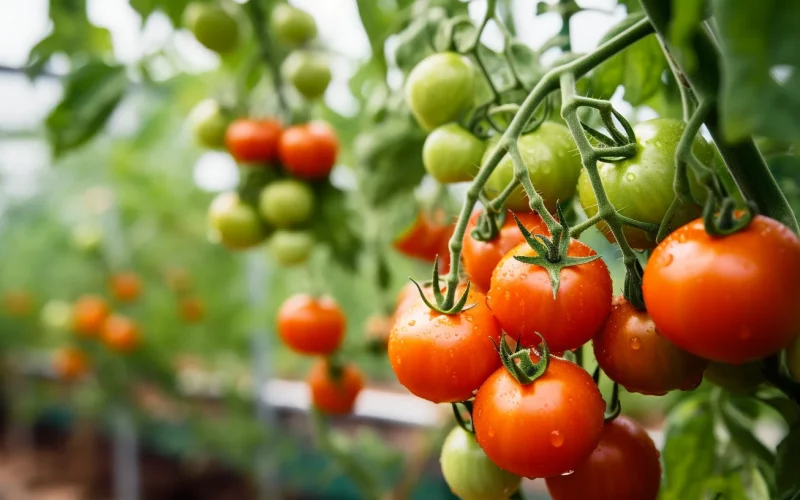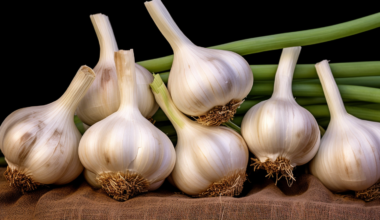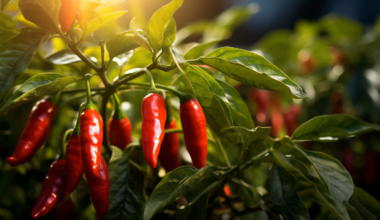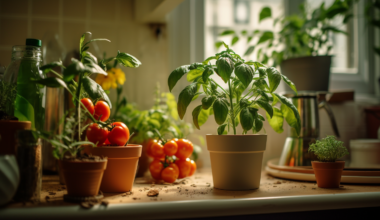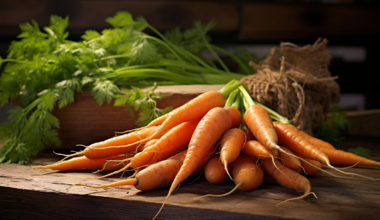Tomatoes are a staple in many delicious dishes, and there’s nothing quite like the taste of homegrown tomatoes. If you’re in the UK and eager to cultivate your own tomatoes, you’re in luck! With the right knowledge and a little TLC, you can successfully grow tomatoes in the UK climate. In this comprehensive guide, we will explore the ins and outs of growing tomatoes in the UK, from selecting the right varieties to nurturing your plants and enjoying a bountiful harvest. Let’s dive in and discover the secrets to successful tomato cultivation!
Choosing Tomato Varieties
When growing tomatoes in the UK, it’s important to select varieties that are well-suited to the climate. Consider the following factors when choosing tomato varieties:
- Determinate or Indeterminate: Determinate tomatoes are compact and bushy, making them suitable for smaller spaces and container gardening. Indeterminate tomatoes are vining and require staking or trellising for support.
- Early-Maturing Varieties: Opt for early-maturing tomato varieties that can ripen their fruits within the shorter UK growing season. Look for labels indicating “early” or “quick-maturing” varieties.
- Disease Resistance: Consider varieties that are resistant to common tomato diseases, such as blight and powdery mildew. This can help protect your plants and ensure a successful harvest.
Preparing the Soil
Tomatoes thrive in well-draining soil rich in organic matter. Follow these steps to prepare the soil for your tomato plants:
- Choose a Sunny Location: Select a spot in your garden that receives at least six hours of direct sunlight per day. Tomatoes love the warmth and sunshine.
- Improve Soil Drainage: If your soil is heavy and clay-like, amend it with organic matter, such as compost or well-rotted manure. This improves drainage and provides essential nutrients.
- Adjust Soil pH: Tomatoes prefer slightly acidic soil with a pH between 6.0 and 6.8. Test your soil’s pH using a home testing kit and adjust it, if necessary, with organic amendments like lime or sulfur.
Planting Tomato Seedlings
Now that your soil is prepared, it’s time to plant your tomato seedlings:
- Timing: Start tomato seedlings indoors in early spring, about 6-8 weeks before the last expected frost date. Transplant the seedlings outdoors when all danger of frost has passed.
- Dig Planting Holes: Dig holes that are slightly larger than the root balls of your seedlings, ensuring adequate spacing between plants (usually around 18-24 inches apart).
- Planting Depth: Bury the tomato seedlings deeply, up to their first set of true leaves. This encourages root development and a stronger, more stable plant.
- Support and Protect: For indeterminate varieties, install sturdy stakes or trellises at the time of planting. This provides support as the plants grow taller. Consider using protective covers, such as cloches or fleece, to guard against late frosts.
Caring for Tomato Plants
Once your tomato plants are in the ground, proper care will help them thrive:
- Watering: Tomatoes need consistent moisture, especially during dry spells. Water deeply once or twice a week, ensuring the soil remains evenly moist. Avoid overwatering, as it can lead to diseases and fruit cracking.
- Mulching: Apply a layer of organic mulch, such as straw or wood chips, around the base of the plants. Mulching helps conserve moisture, suppresses weeds, and regulates soil temperature.
- Feeding: Regularly feed your tomato plants with a balanced tomato fertilizer according to package instructions. This provides essential nutrients for healthy growth and robust fruit production.
- Pruning: Remove suckers (side shoots) that emerge from the leaf axils of indeterminate tomato plants. This focuses the plant’s energy on fruit production. For determinate varieties, minimal pruning is needed.
- Pest and Disease Management: Monitor your plants regularly for common tomato pests, such as aphids or tomato hornworms. Use organic pest control methods or appropriate insecticides as needed. Be vigilant for signs of diseases, such as blight or leaf spot, and promptly remove affected leaves or treat with organic fungicides.
Harvesting Ripe Tomatoes
The moment you’ve been waiting for has arrived—the harvest! Follow these tips for harvesting your tomatoes:
- Maturity Signs: Tomatoes are ready for harvest when they reach full color and are firm to the touch. Different varieties have varying colors, so refer to the seed packet or plant label for guidance.
- Harvesting Technique: Gently twist or cut the ripe tomatoes from the vine, being careful not to damage the plant. If any fruits remain unripe at the end of the season, you can bring them indoors to ripen.
- Storage and Enjoyment: Store ripe tomatoes at room temperature away from direct sunlight. Enjoy the fruits fresh in salads, sandwiches, or as a tasty ingredient in your favorite recipes. Share the bounty with family and friends!
Conclusion
Growing tomatoes in the UK is an exciting and rewarding experience. With careful selection of varieties, proper soil preparation, and attentive care, you can enjoy a fruitful tomato harvest right in your own backyard. Embrace the joys of cultivating your own tomatoes, from nurturing seedlings to savoring the vibrant flavors of homegrown fruits. Start your tomato-growing journey today and elevate your culinary creations with the taste of fresh, UK-grown tomatoes!
